With the Folsom Street Fair taking over San Francisco this weekend, we chatted with writer and creative Leo Herrera about how desire, protest and history converge on the city’s leather-lined alleyways. In this conversation, Herrera reflects on the fair’s activist roots, the language of consent and what gay sex means in 2025.
For those who have never been: what is Folsom Street Fair? A party, a protest, a pilgrimage?
Herrera:
It is all of those things. Folsom started in the early 1980s as a protest against the gentrification of San Francisco’s SoMa neighborhood. During the AIDS crisis, it became a crucial fundraiser and a way to spread awareness. At its core, Folsom is still a protest, but it is also one of the biggest celebrations of kink and sexuality in the world. It is a street party, a piece of living history, and a reminder of the city’s ongoing fights against gentrification and puritanical politics.
Do you remember your first Folsom? What did it teach you about queer spaces?
Herrera:
My first Folsom was about 20 years ago. It was one of the first times I saw the city’s sexual culture in full bloom, leathermen in their gear, people proudly celebrating their desires in public. It made a huge impression on me as a young gay man. I was surrounded by elders who taught me that queer sex has a history worth celebrating, and that has shaped so much of my work.
What advice would you give first-timers?
Herrera:
Participate, do not just spectate. You do not have to engage in public sex, but dress up, add to the energy, and respect the vibe. Do not just take photos and post them online. And especially this year, be mindful about consent before documenting anyone.
Speaking of consent, how do you approach conversations about boundaries in a space as sexually open as Folsom?
Herrera:
It can be as simple as asking, “Can I take your photo?” Some people are exhibitionists, but it is still a private event. Make sure what you document is consensual and handled with care, especially if you plan to share it online.
What does Folsom represent in 2025’s political climate with LGBTQ+, trans and immigrant rights under attack in the news?
Herrera:
Like Pride, Folsom is one of those moments when queer people gather and feel safety in numbers. Just existing there is an act of resistance. Queer sex has always been political, and Folsom reminds us that sexuality is still a form of liberation.
You have written about the politics of pleasure. How does Folsom celebrate survival and sex positivity today?
Herrera:
San Francisco has seen intense change with tech money, gentrification, and political shifts, but Folsom’s continued existence is proof that queerness is not for sale. It is a message to the world that this culture must be experienced, not commodified. Pleasure itself is resistance.
How can events like Folsom be part of community healing, especially after COVID and the Mpox outbreak?
Herrera:
Stop by the health and activist booths. Support grassroots organizers, artists, and independent queer creators. Buy the merch, tag them online. These fairs raise critical funds and awareness, and that is part of their legacy.
As a queer Latino, do you feel Folsom has become more inclusive over the years?
Herrera:
Leather culture started with cis white gay men, and privilege allowed these spaces to exist. But I have seen real efforts to diversify who gets represented, not just aesthetically but in leadership. That keeps kink communities alive. This year will be my first Folsom since the pandemic, and I am eager to see how it feels.
What do you hope future generations carry forward, and what do you hope they reinvent?
Herrera:
I hope they keep surprising us. Public sex used to be heavily policed at Folsom, and that has shifted. We are in a revolutionary time for queer sex. I am excited to see better music, more diverse parties, and how the fair keeps reinventing itself as a city-wide celebration, like a darker, kinkier Pride.
Many of us are online constantly. How have apps and social media changed cruising culture?
Herrera:
Technology always gives and takes. It gave us connection when we needed it, especially pre-PrEP, but it has also taken away spontaneity and privacy. With police sting operations using these apps, we are reminded that our sexual rights are still precarious. I think we are heading into a moment where some will go fully analog again, while others will continue blending tech with real-life cruising.
What advice do you have for younger queer folks attending their first Folsom?
Herrera:
Remember that queer pleasure is resistance, but joy alone is not enough. Support grassroots groups, understand the politics behind the event, and take care of yourself. Your self-care keeps the community strong. Do not overdo drugs or alcohol; when people collapse at parties, it risks the space for everyone.
I’m curious, who are some of the writers that shaped you? Maybe the ones you’d send readers to after they leave the dark room?
Herrera:
One of my biggest influences was Edmund White, who just passed recently. His trilogy “A Boy’s Own Story,” “The Beautiful Room Is Empty” and “The Farewell Symphony” had a huge impact on me. Those books shaped how I write about sex and intimacy. If the girls want homework, that is where I would start.
Lastly, what does intimacy look like for you in this hyper-sexual, hyper-digital era?
Herrera:
For me, intimacy balances sexuality with spirituality, intellect, and history. If we only focus on the sex, that is all others will see. When we treat queerness as a holistic practice that includes body, mind, and spirit, intimacy happens naturally. Even anonymous cruising can be intimate when you know what you are seeking and you are grounded in yourself first.
For more on Leo’s writing about sex, make sure to follow his Substack, “Herrera Words,” and purchase copies of his books, including “Cruising Manual,” from his official online store.
_
Frank Rojas (he/him)
Contributor – The Group Chat
Frank Rojas is a writer and reporter based in Los Angeles. He covers culture, identity, and community with a focus on queer and Latinx experiences. His work has appeared in The New York Times, LA Times, and more.
At The Group Chat by YH, Frank writes about sex, care, and queer connection—with a particular interest in how people build trust, pleasure, and community on their own terms.
You can find him at: Instagram, LinkedIn, and Substack.
what all the h*t h*mos have been loving. sorted by best-selling. come on, you know want to join the YH crew.
Read more
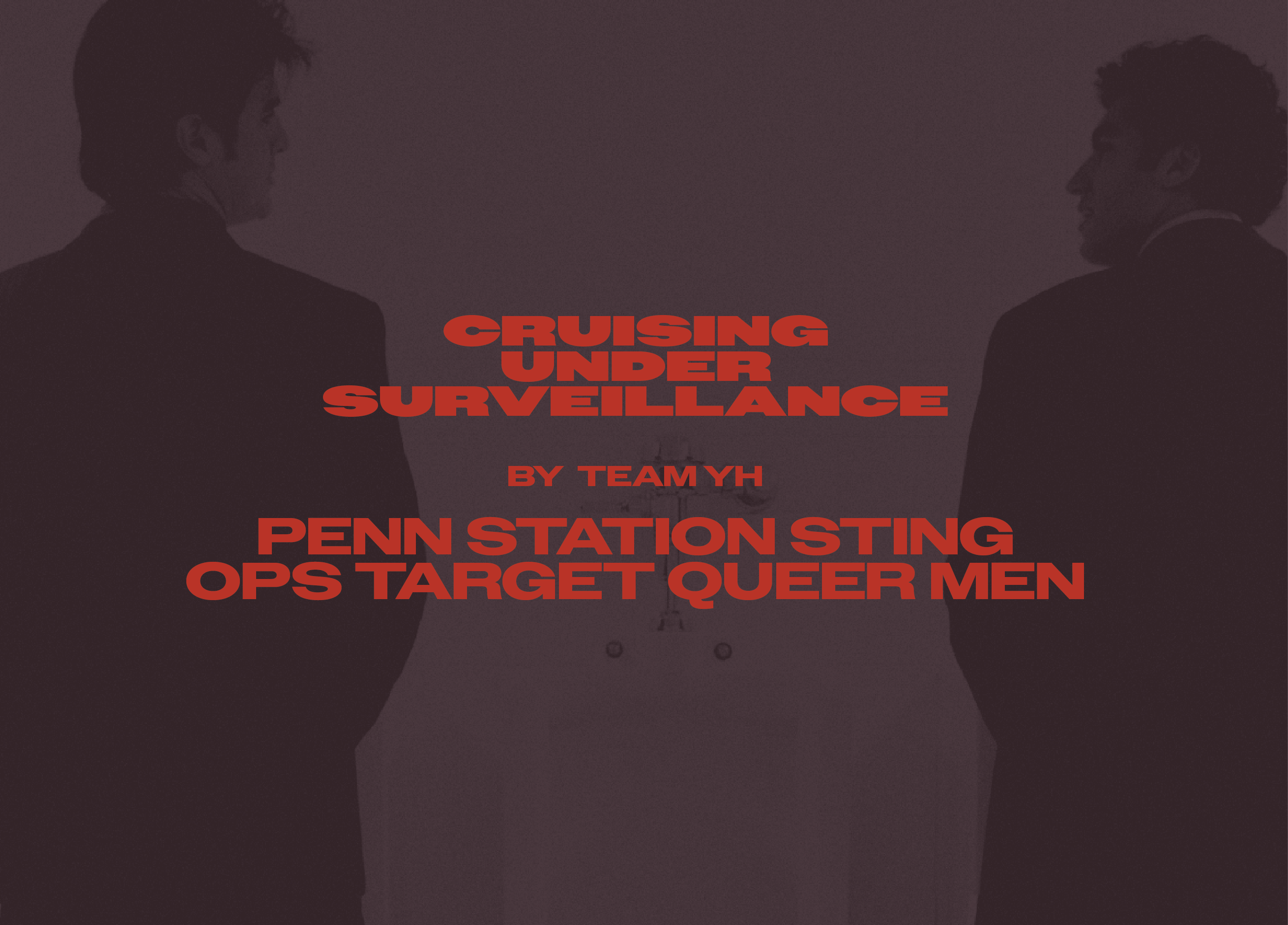
Amtrak Police are running sting operations in Penn Station bathrooms, reportedly even using Sniffies to bait people. Since June, dozens have been arrested for so-called “public lewdness” — with 23 ...
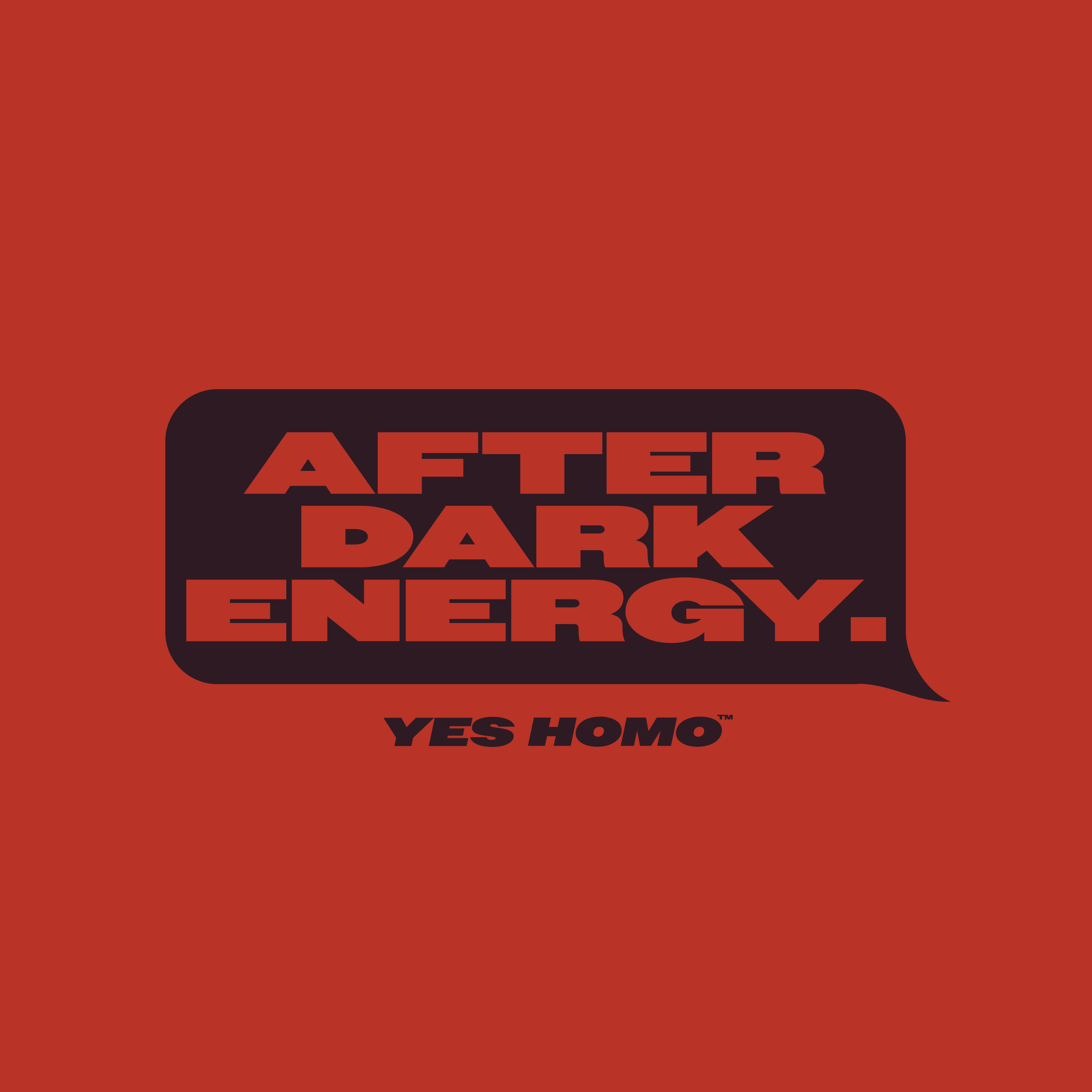
There’s something about fall that makes everything feel a little more dangerous — the air’s colder, the nights are longer, and the hookups hit harder. The boys are outside (but only barely), the dr...


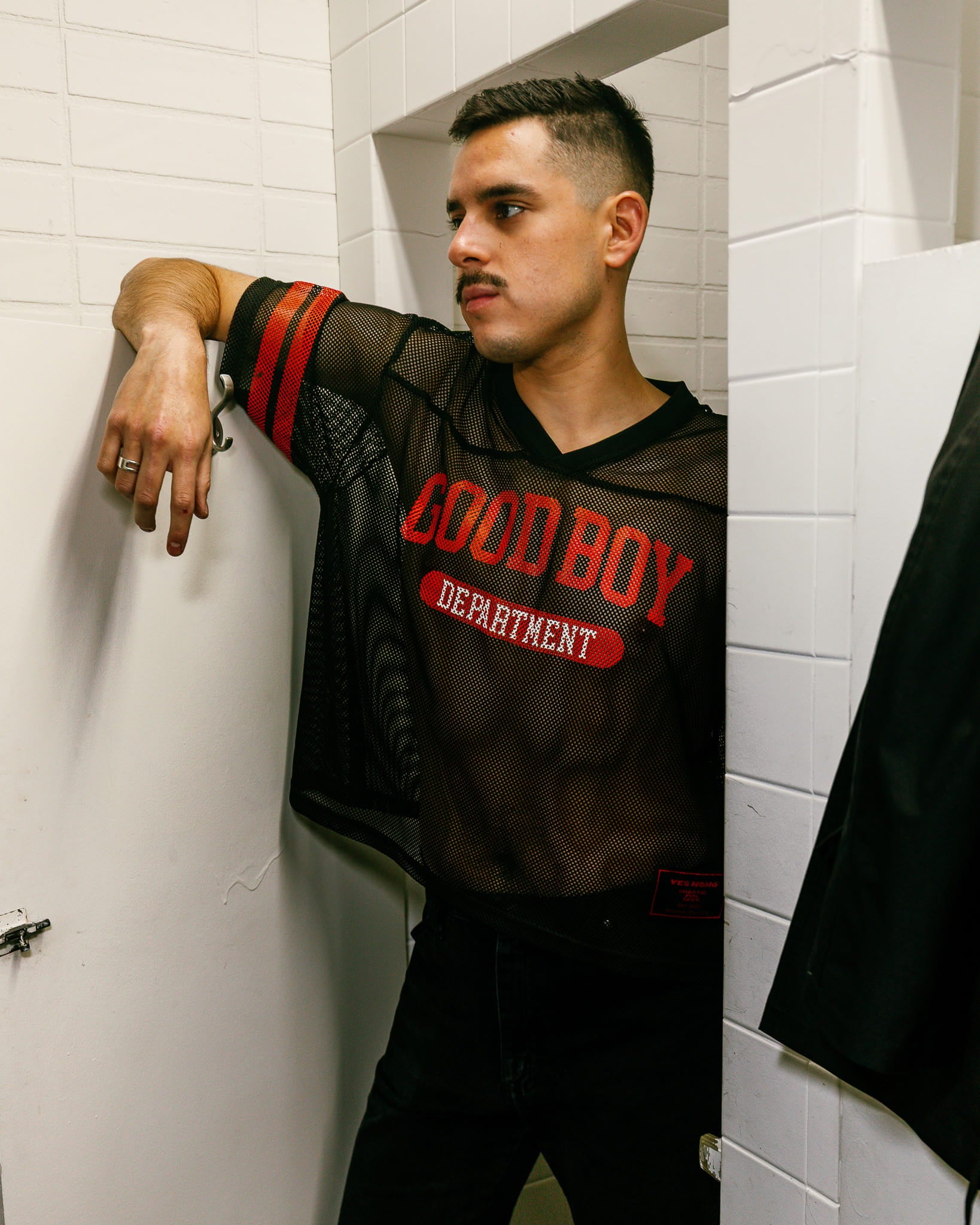
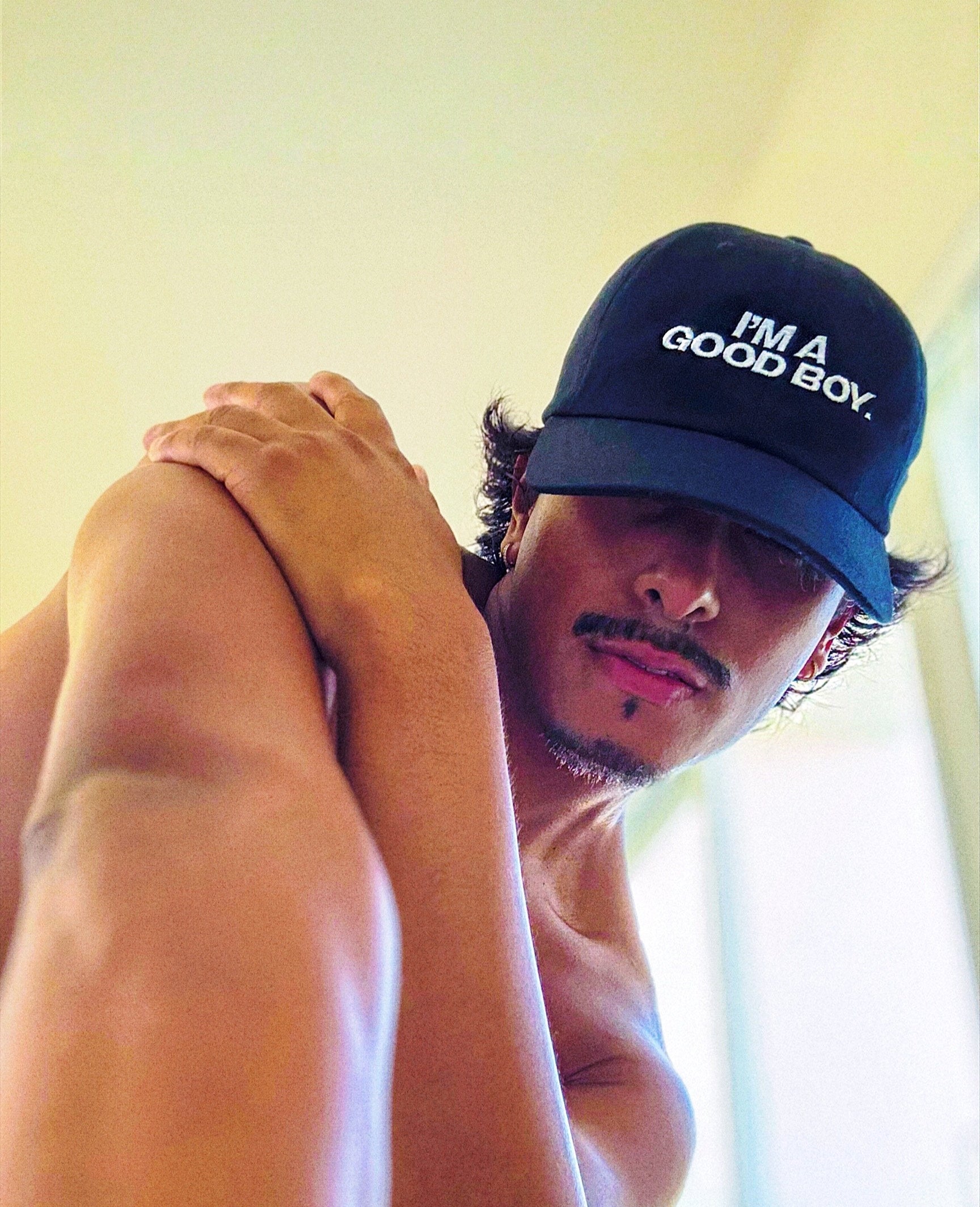
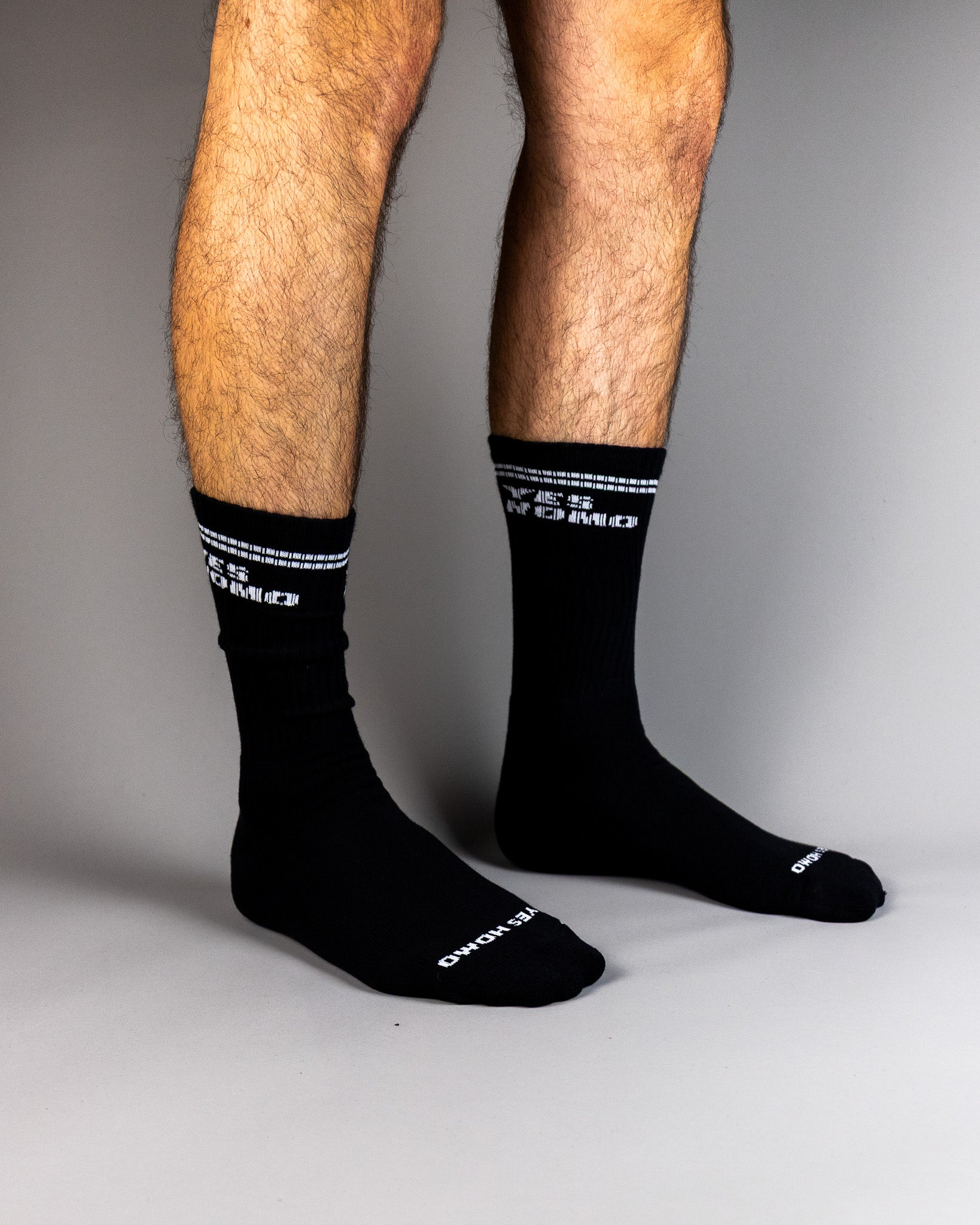
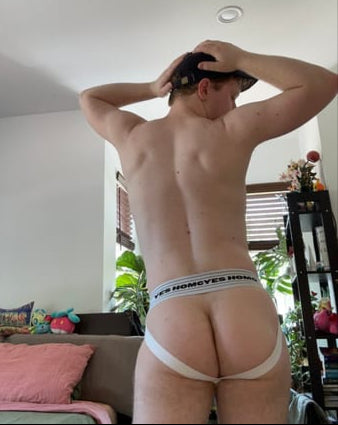
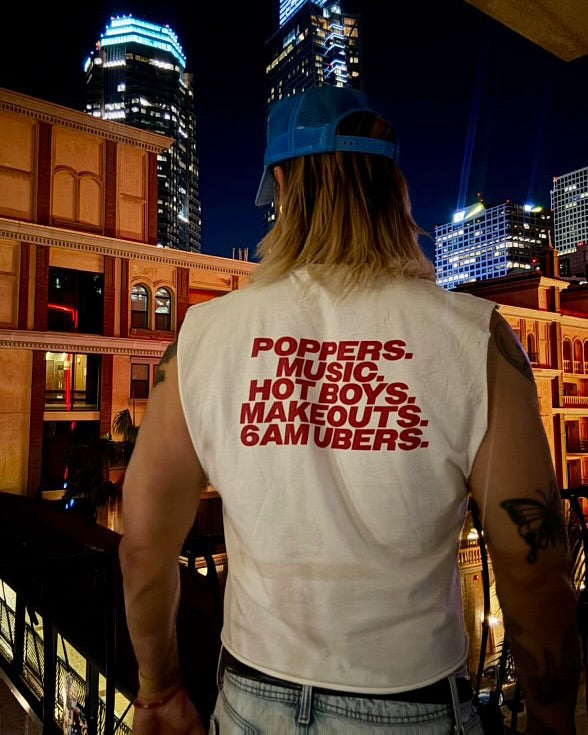
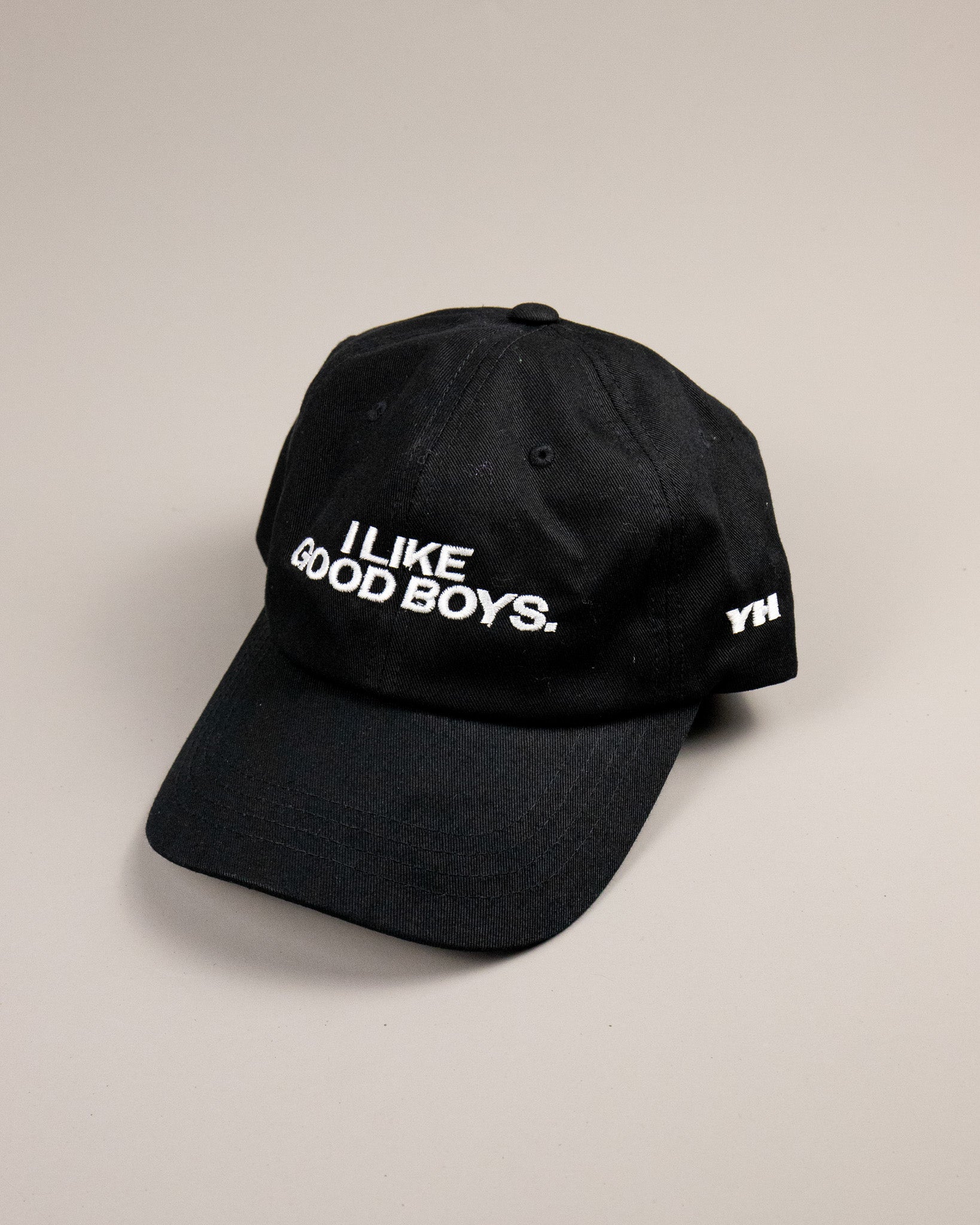

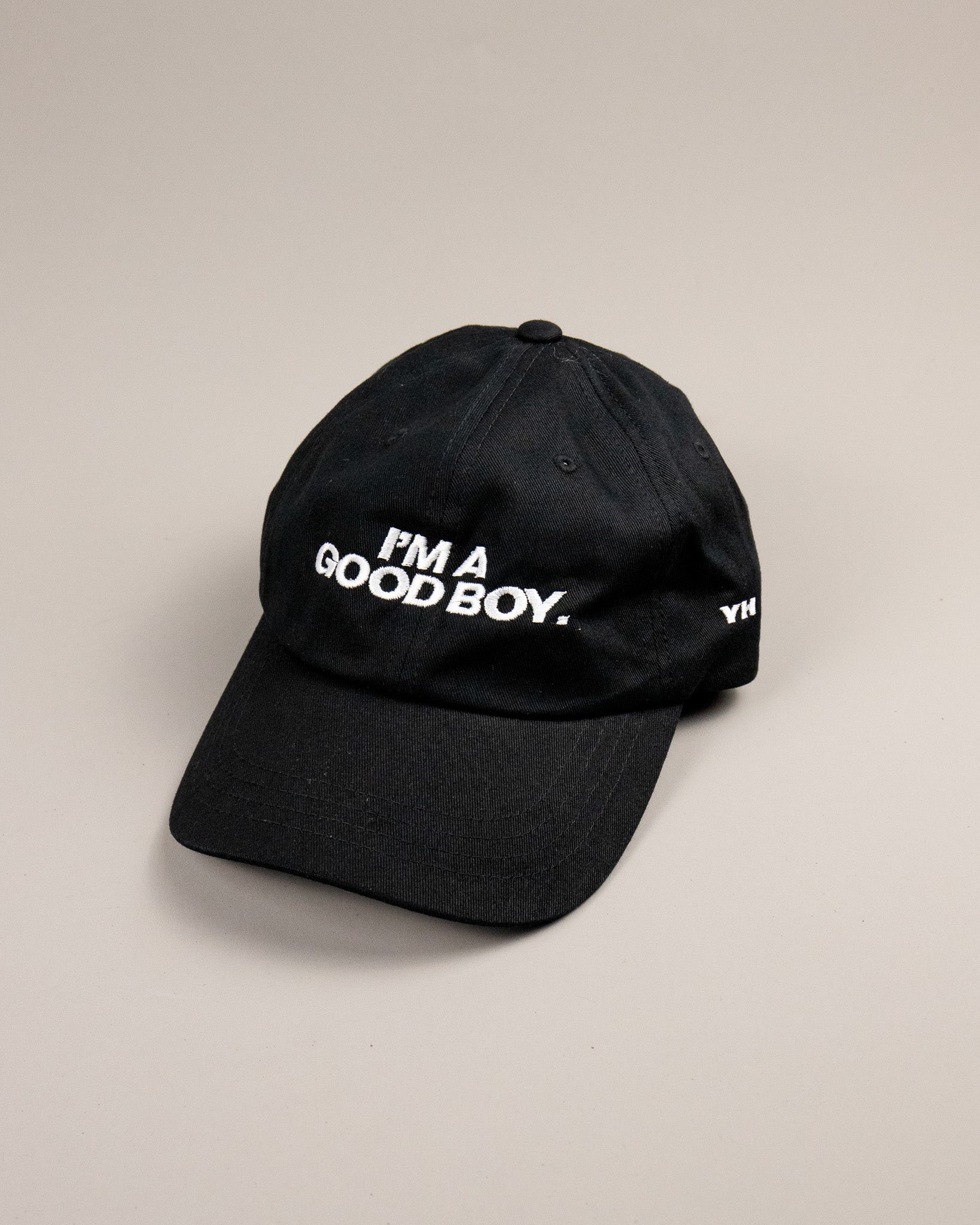

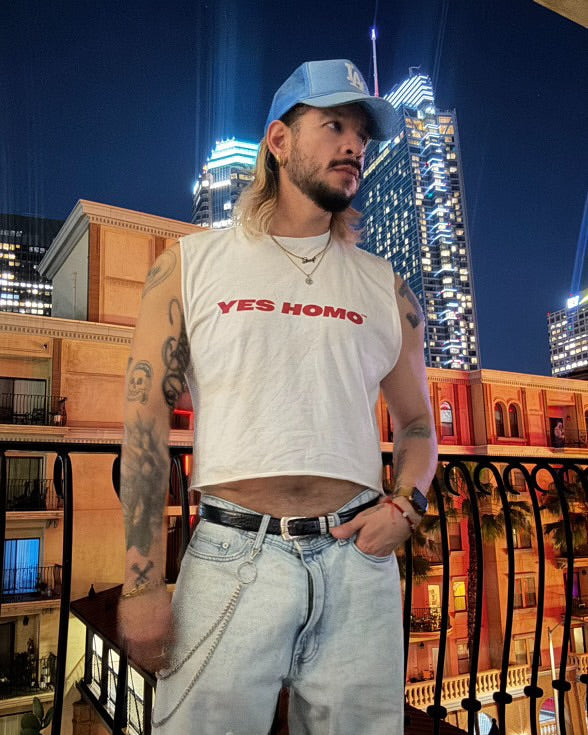
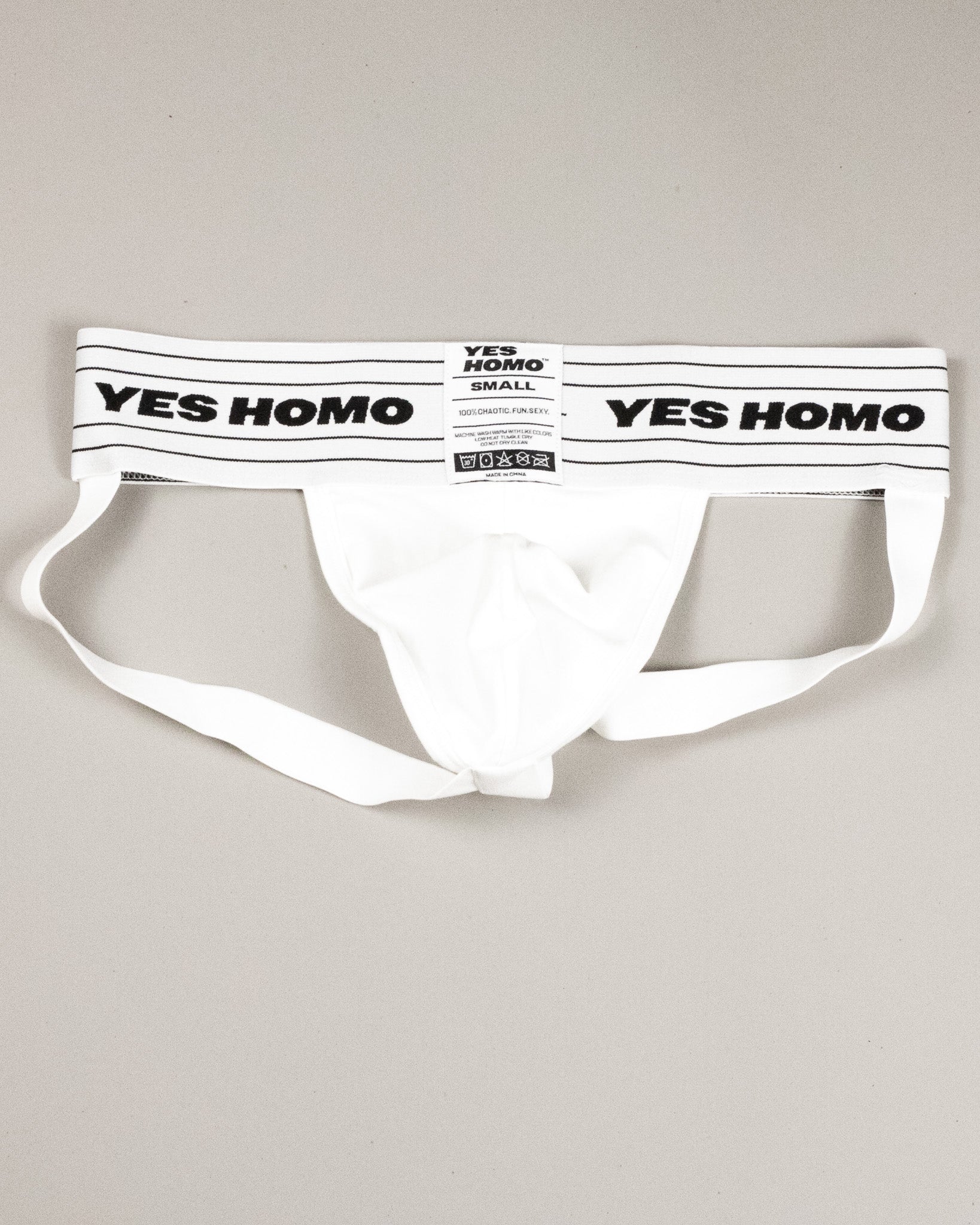
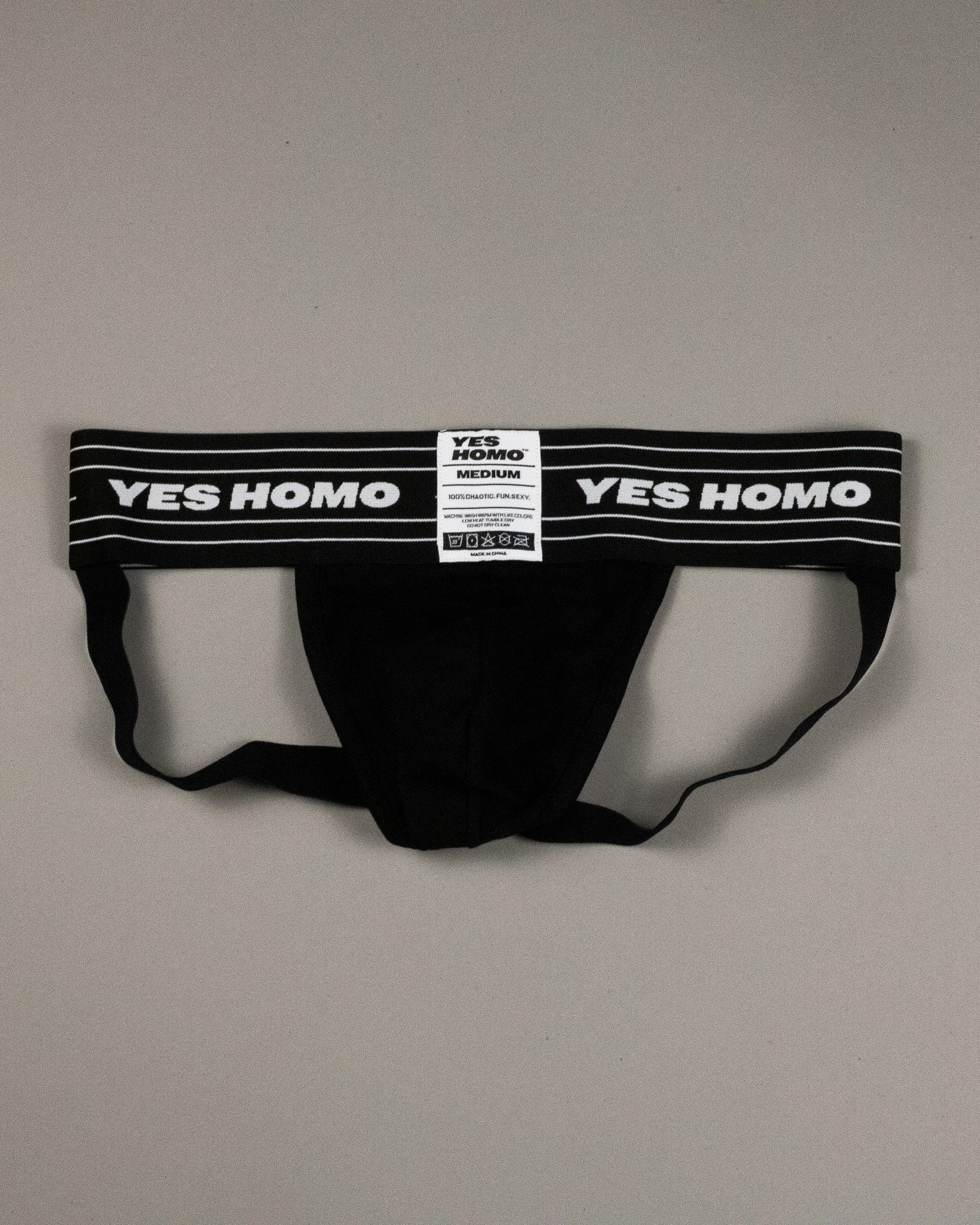
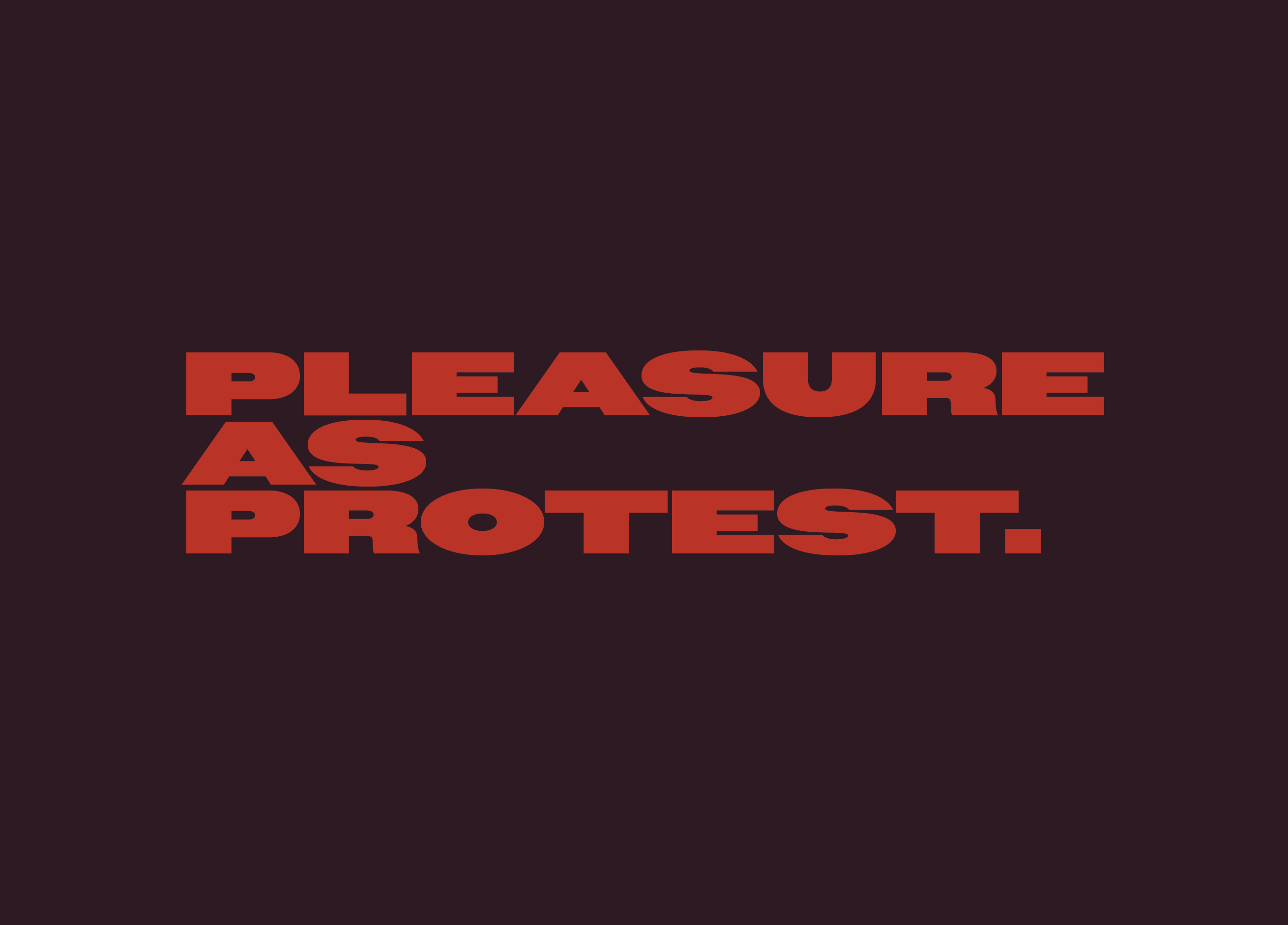
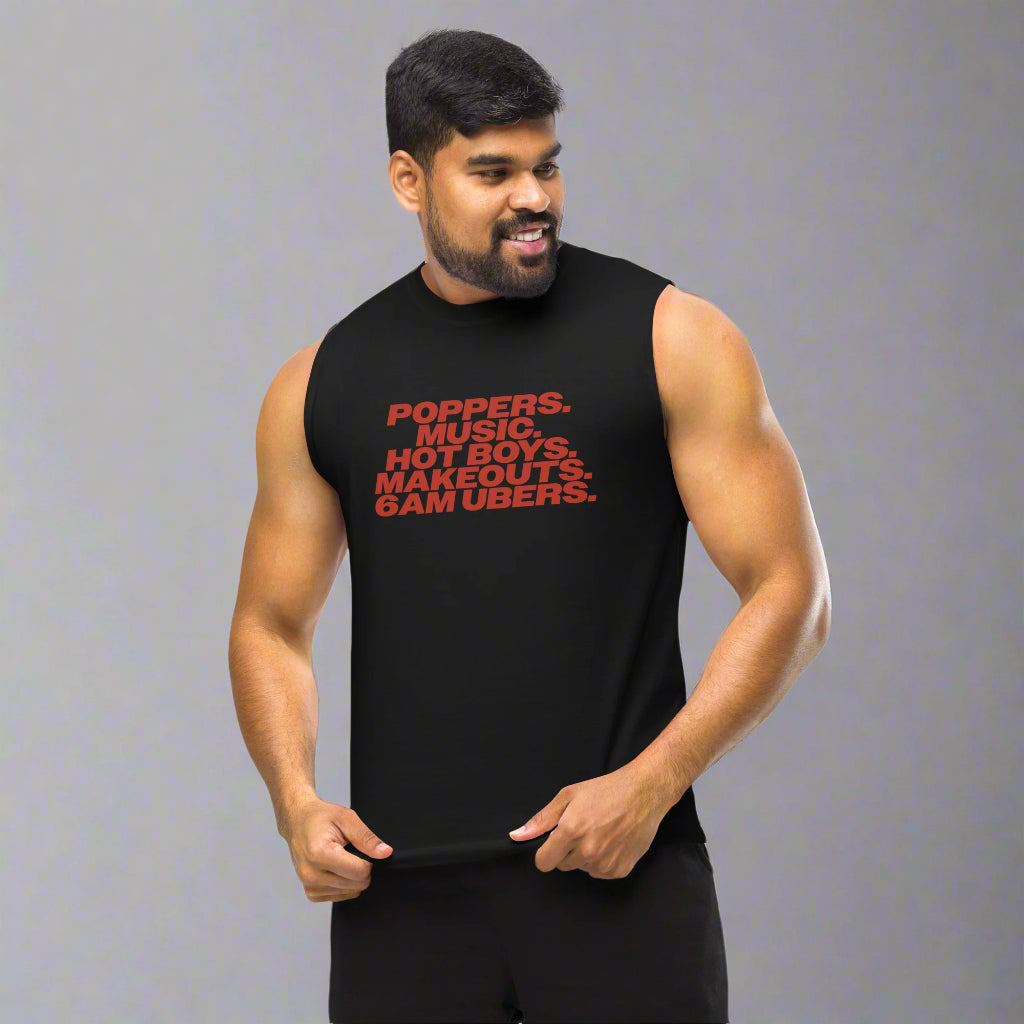
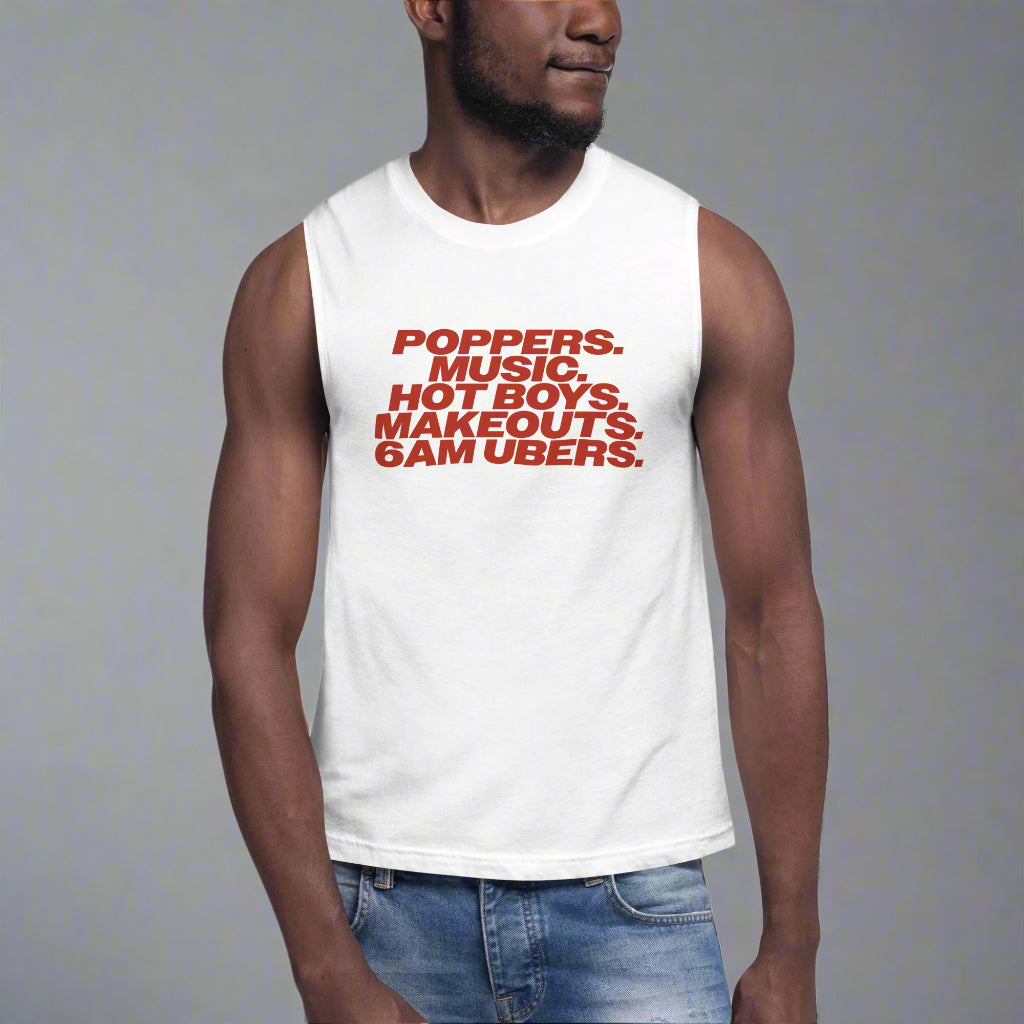
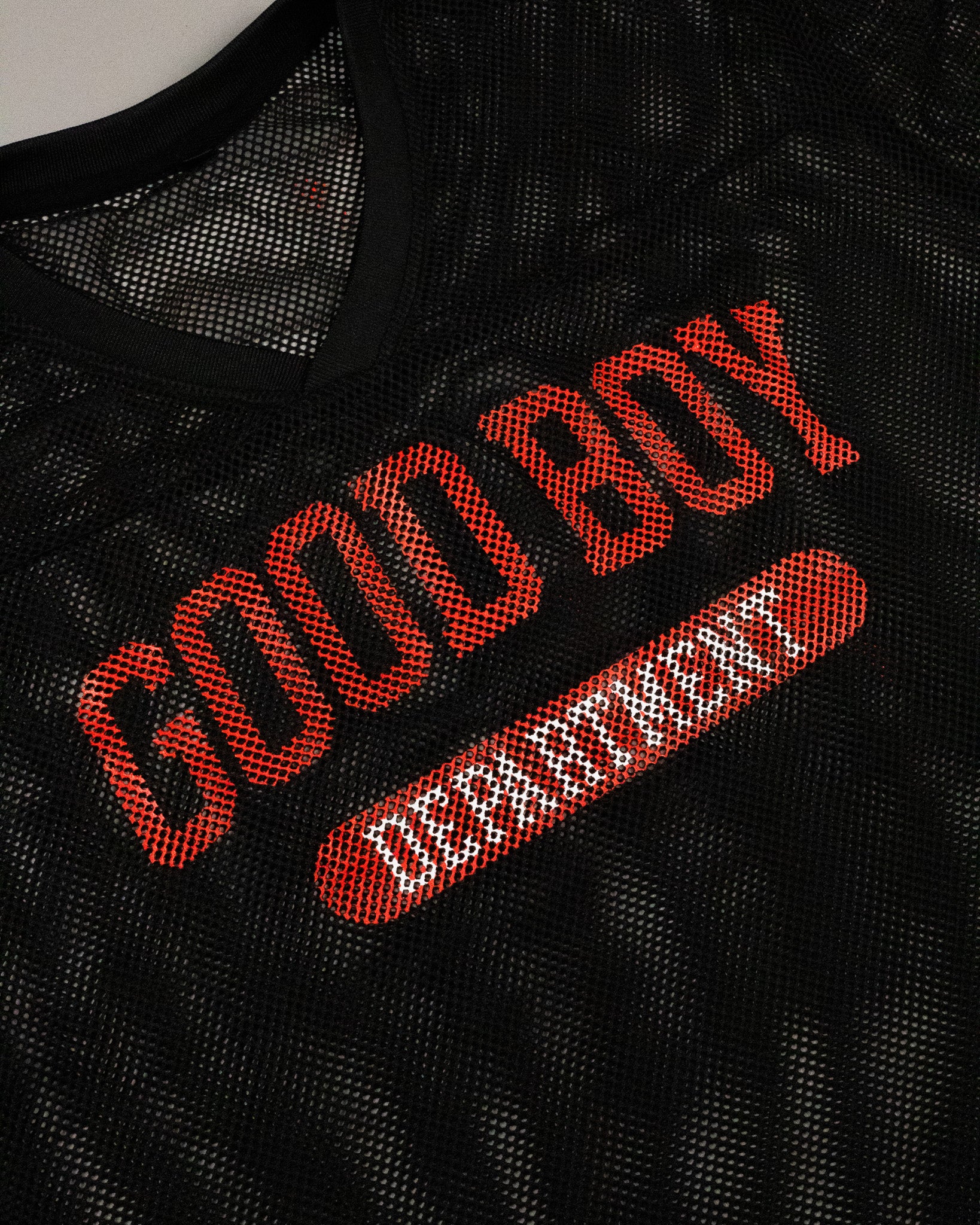
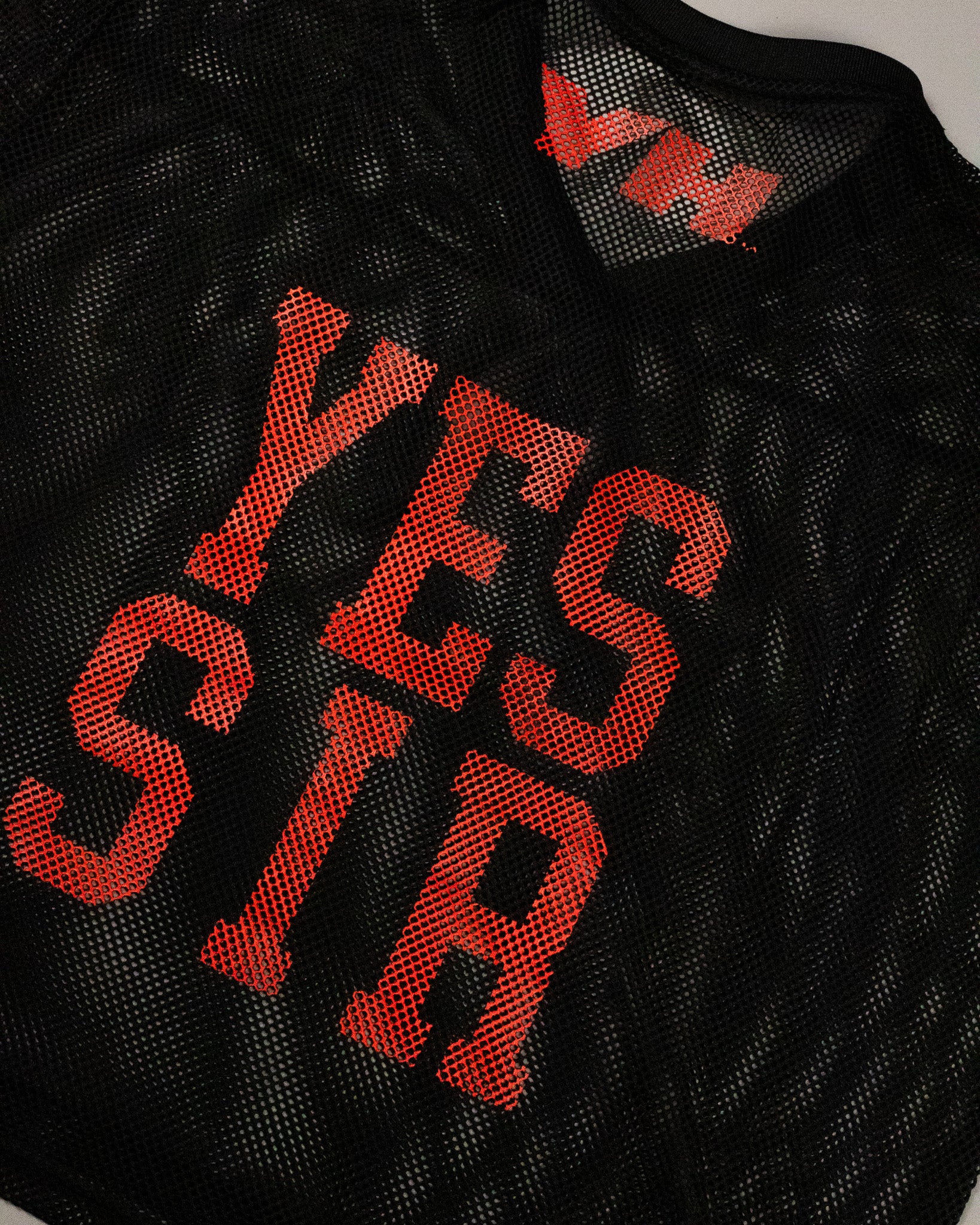
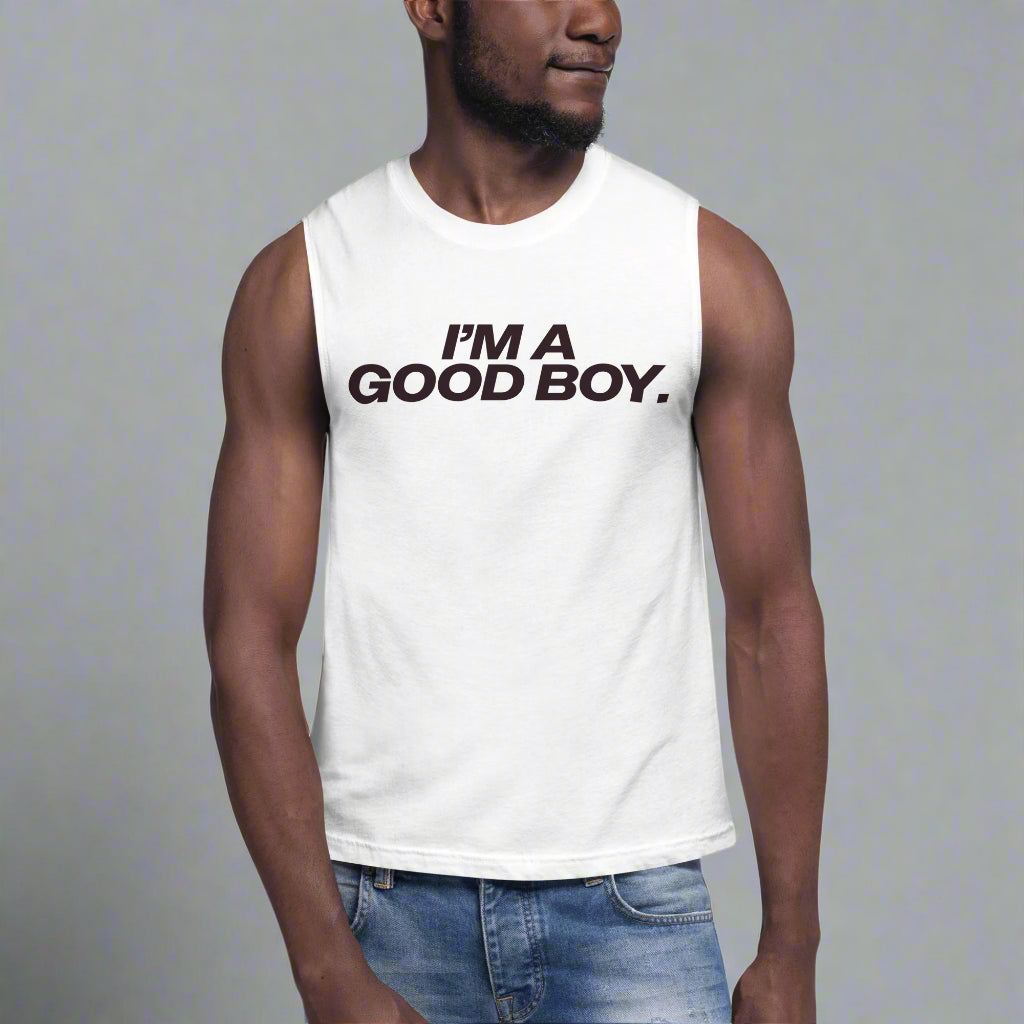
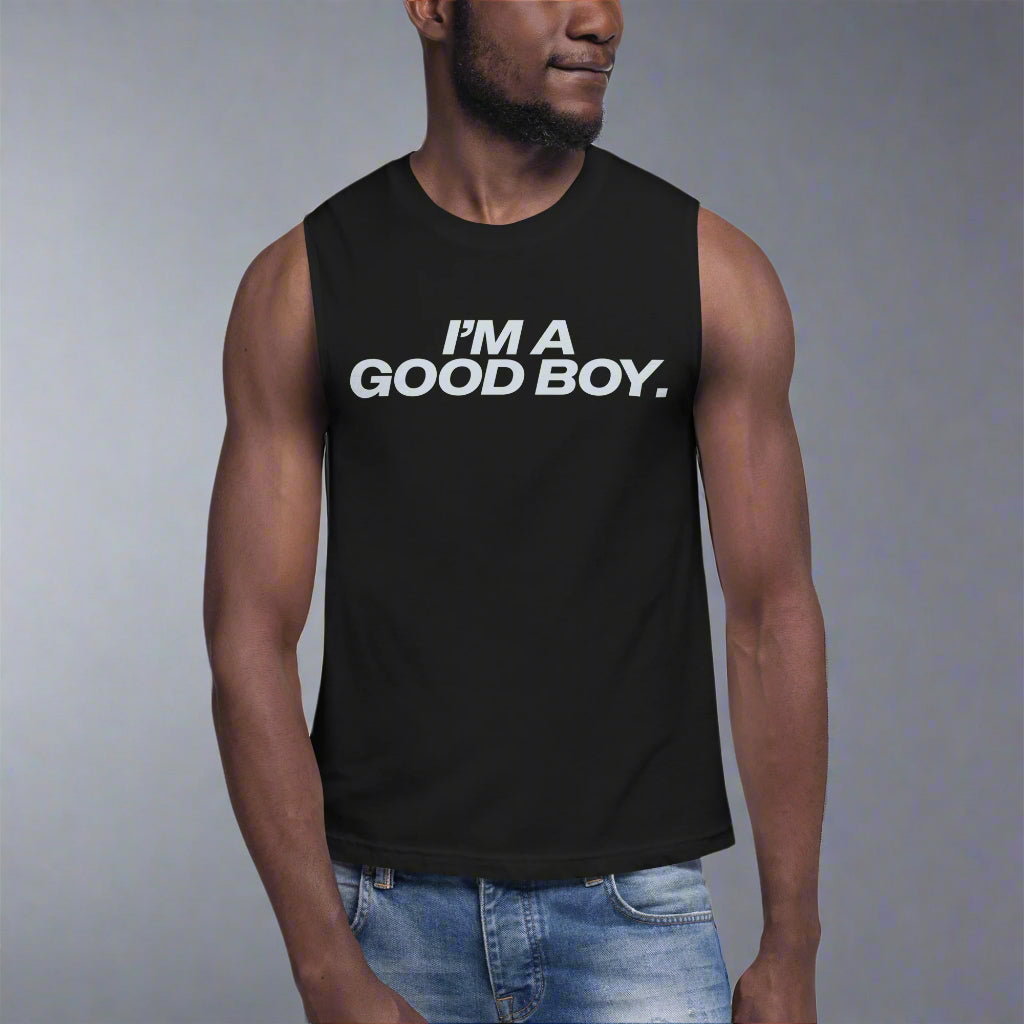


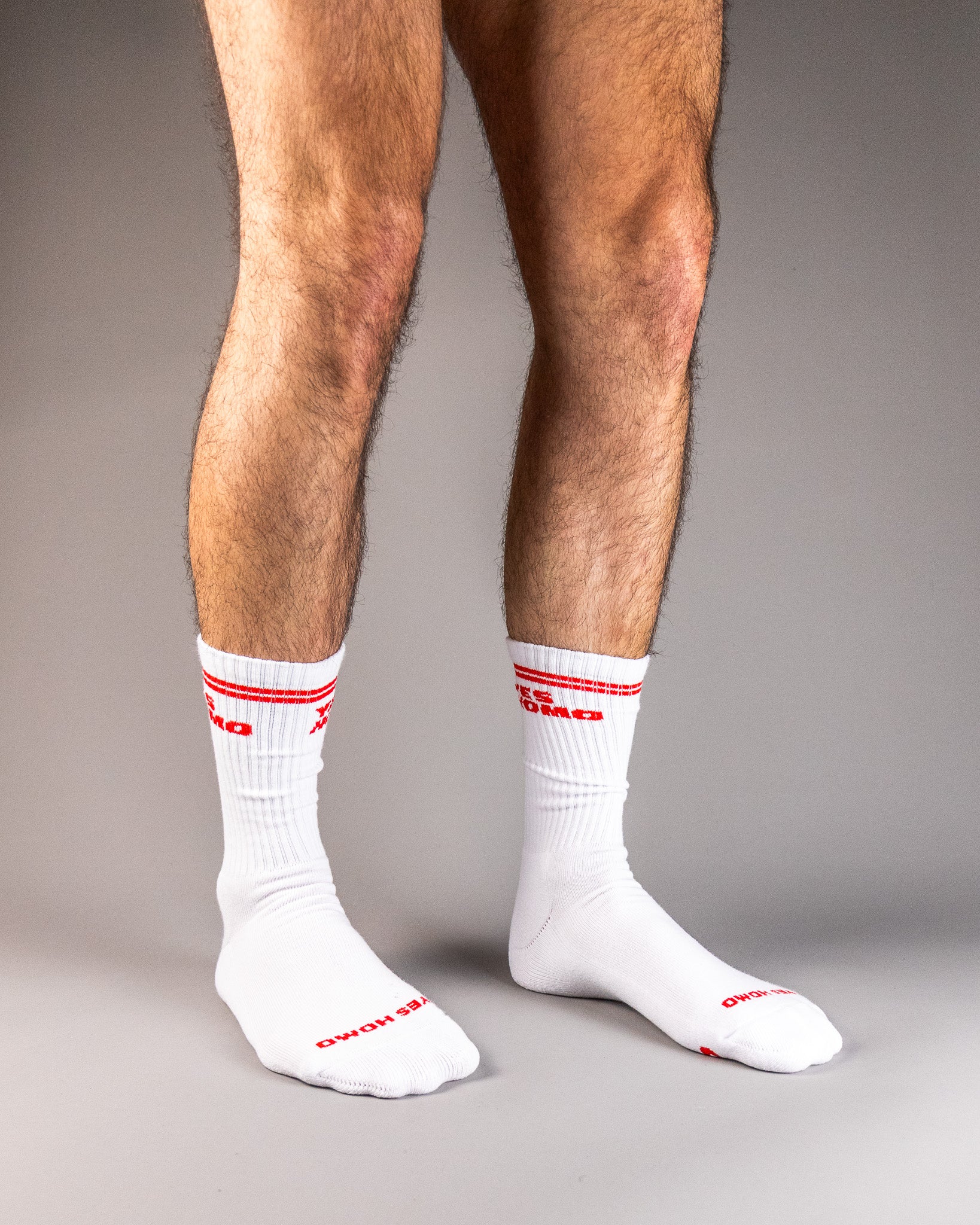
Leave a comment
This site is protected by hCaptcha and the hCaptcha Privacy Policy and Terms of Service apply.